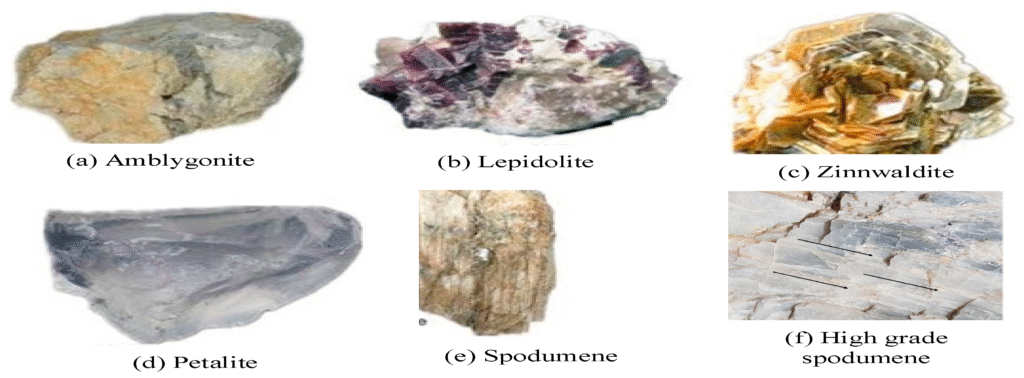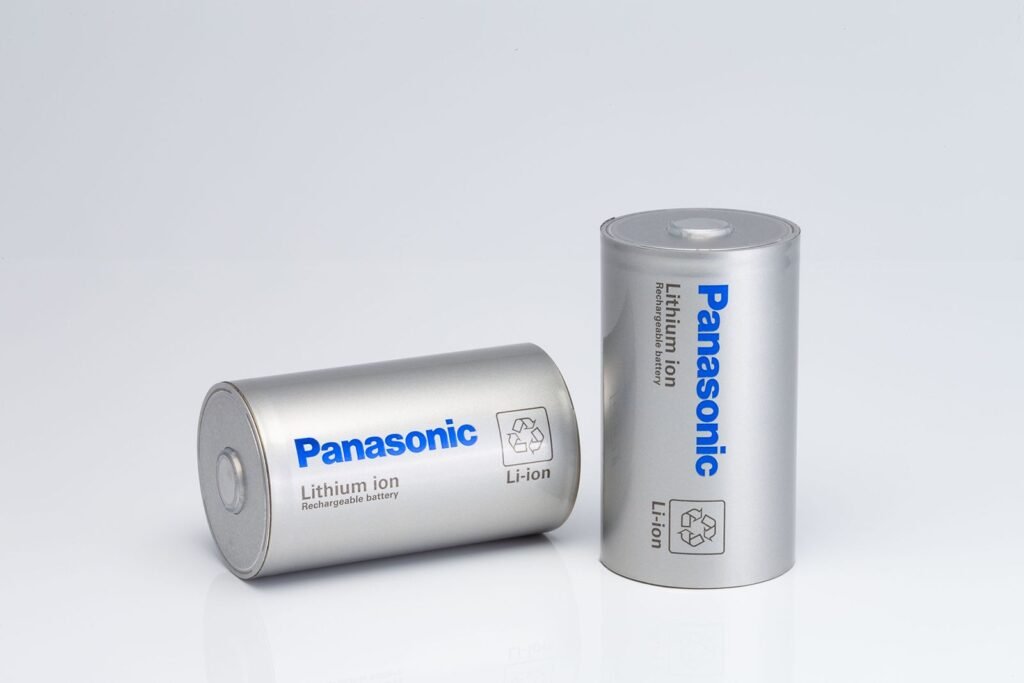Lithium Mineral Definition

A lithium mineral is a naturally occurring inorganic solid that contains lithium as a significant component of its chemical structure. These minerals are the primary geological sources of lithium, an element critical to modern technologies such as lithium-ion batteries, glass and ceramics, and pharmaceuticals.
Lithium minerals are typically found in igneous rocks, pegmatites, and brine deposits, and are mined or processed to extract lithium compounds used across various industries.
Key Features of Lithium Minerals:
- Chemical Composition:
Lithium minerals contain lithium in varying proportions, often combined with elements like aluminum, silicon, oxygen, fluorine, or phosphate. - Crystal Structure:
Most lithium minerals form in crystalline structures, especially in pegmatite environments where large crystals can develop. - Economic Value:
Some lithium minerals are economically viable for extraction, particularly those with high lithium content and ease of processing. - Geological Formation:
They are typically found in granitic pegmatites, volcanic rocks, or sedimentary environments where lithium has concentrated over time.
Common Examples of Lithium Minerals:
| Mineral | Chemical Formula | Notes |
|---|---|---|
| Spodumene | LiAlSi₂O₆ | High lithium content; primary hard rock source |
| Lepidolite | K(Li,Al)₃(Al,Si)₃O₁₀(F,OH)₂ | Contains rubidium and cesium; used in ceramics |
| Petalite | LiAlSi₄O₁₀ | Heat-resistant; used in glass and ceramic production |
| Amblygonite | LiAl(PO₄)(F,OH) | Often associated with tourmaline and quartz |
| Zinnwaldite | KLiFeAl(Si,Al)₄O₁₀(F,OH)₂ | Rare lithium mica found in tin deposits |

Importance of Lithium Minerals
Lithium minerals are essential for:
- Battery Production: Used to produce lithium carbonate and hydroxide for EVs and electronics.
- Industrial Applications: In ceramics, glass, and lubricants.
- Pharmaceutical Use: Lithium compounds derived from minerals are used in mood-stabilizing medications.

FAQs
Q1: What is a lithium mineral?
A1: A naturally occurring inorganic solid containing lithium in its chemical structure, often mined for industrial use.
Q2: What are the most important lithium minerals?
A2: Spodumene, lepidolite, petalite, and amblygonite are the most economically significant.
Q3: Is lithium found in minerals?
A3: Yes, lithium occurs naturally in various minerals, especially in granite pegmatites and brine deposits.
Conclusion
Understanding the lithium mineral definition helps clarify its role in geology, industry, and technology. As demand for lithium continues to rise, identifying and extracting lithium from these natural minerals becomes increasingly vital for global energy and manufacturing needs.

